October 5, 2024
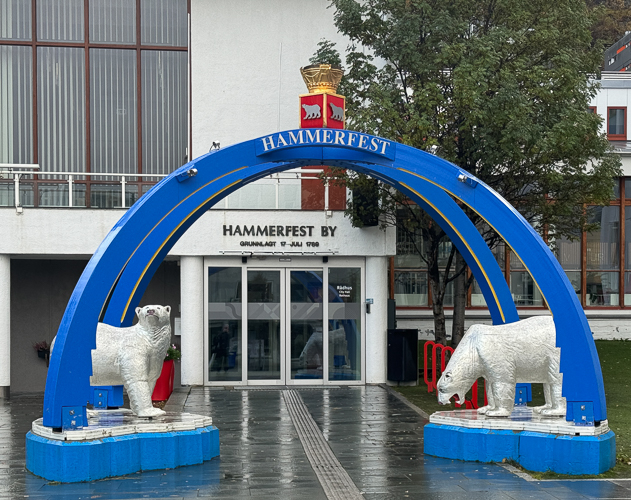
Hammerfest is one of three cities in the world that claim to be the Northernmost. I will leave that argument for the pub. However, Hammerfest history is worth delving into. The town received its first doctor in 1792, but within a couple of decades, the population had been ravaged by plague and the Napoleonic wars. In 1890, two-thirds of the town was destroyed by fire. As part of rebuilding, the city became the first in Norway to get electric street lighting.
Because of its ice-free harbor, Hammerfest was a substantial naval base throughout the German occupation of Norway in World War II. Parts of the town suffered bomb damage, but German forces themselves did the most damage at the end of the war.
Anticipating a substantial Russian breakthrough at the Eastern Front, Hitler’s 1,000 Nazi soldiers left nothing behind. It was October 1944, and with no shelter, food, or supplies, the plan was for the Red Army to starve and freeze to death.
Within days, Hammerfest burned. Roads were wiped from the map, telegraph poles were chopped down, and communication lines were destroyed. The harbor lay ravaged, mines pockmarked the town, and the entire population of the surrounding municipality was left homeless. So systematic was the Nazi solution, 10,000 buildings were razed to the ground, The fires raged on for four months, and by the time the locals had fled, Hammerfest had ceased to exist.
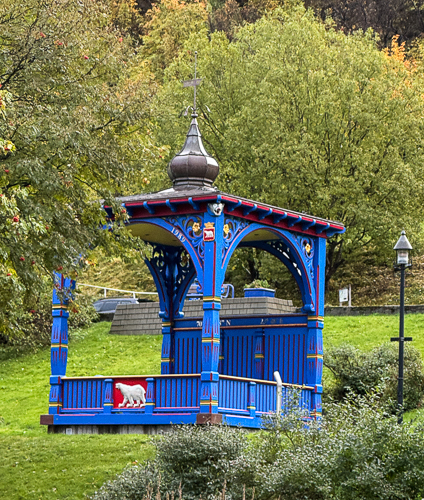
The ice-free harbor includes the nearby island of Melkøya, home to a natural gas processing station. It processes gas from the Snøhvit gas field in the Barents Sea.
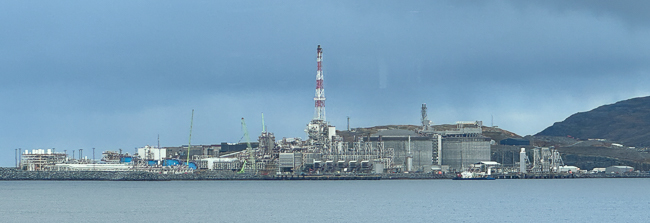
The natural gas processing station processes gas from the Snøhvit gas field in the Barents Sea.
Snøhvit, a gas and condensate field, was the first field developed in the Barents Sea after its discovery in 1984. Production began in August 2007.
The plant receives natural gas from Snøhvit through an 89-mile pipeline from the Barents Sea. It cools the gas to Liquefied Natural Gas (LNG), which is then shipped abroad.
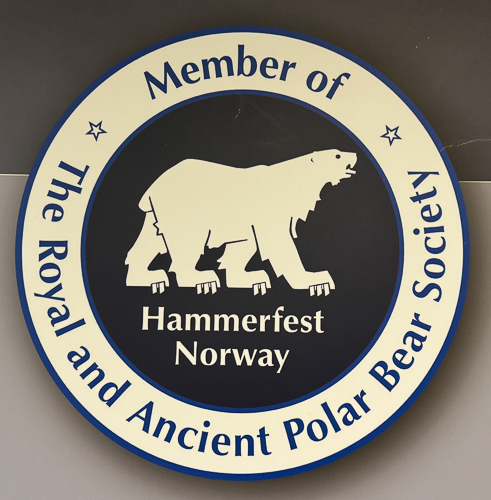
I headed to the Royal and Ancient Polar Bear Society Museum, with only an hour in town.
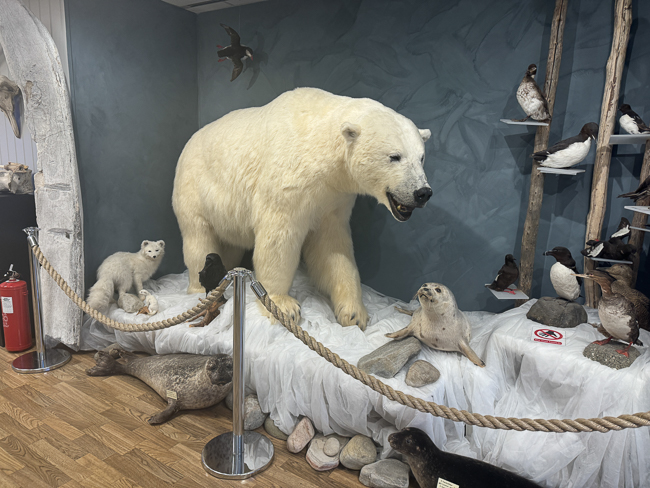
The Royal and Ancient Polar Bear Society Museum
Hammerfest’s mascot is the polar bear which can be found on the city’s coat of arms. This all may seem odd since the polar bear and other predators live across an ocean on the Svalbard archipelago.
In the past, Hammerfest’s prosperity was based on hunting marine mammals in the Arctic Ocean, and expeditions to Svalbard were commonplace to hunt for seals, walruses, and polar bears back when the polar ice came much farther south.
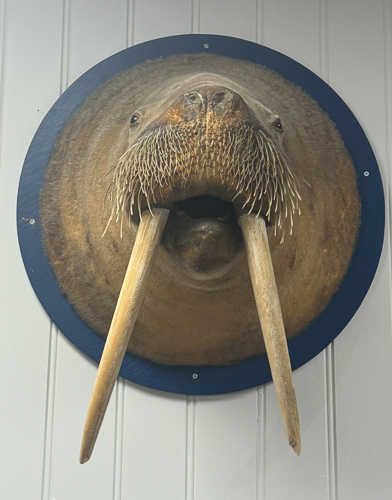
Interesting exhibits in the museum
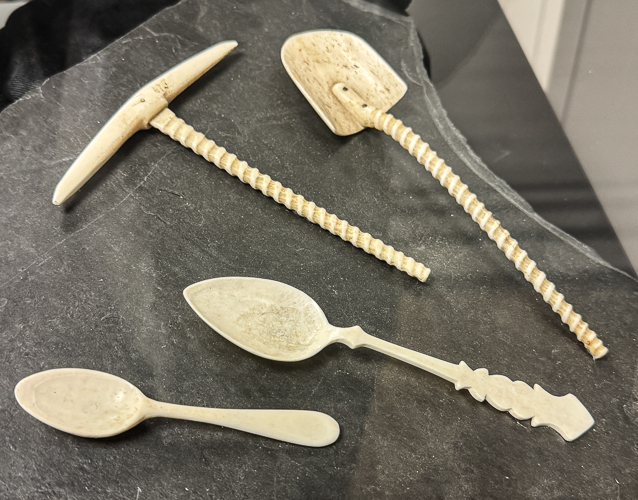
*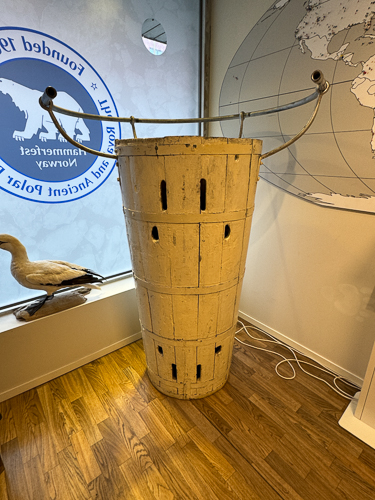
*
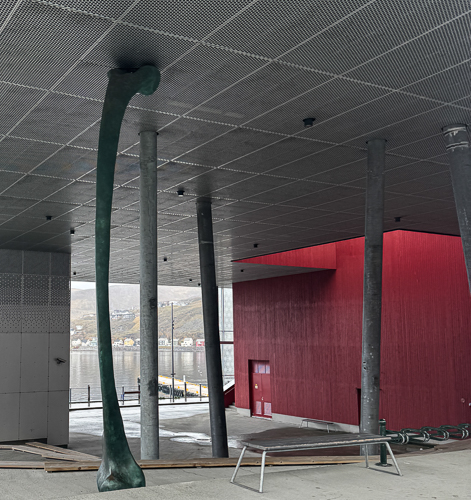
Hammerfest Arctic Cultural Center
The Culture Center by A-lab is a lovely structure. In walking through the foyer, I spotted this giant bone. Alas, I could find nothing about it. It was not part of the original design, so it was obviously a public art piece, but by whom and why, I do not know.

Hammerfest Church
The triangular design of Hammerfest Church resembles the Arctic Cathedral in Tromsø. However, this landmark building was actually inspired by the fish-drying racks found throughout the north of Norway. Built in 1961, the stone and concrete parish church seats more than 500 people.
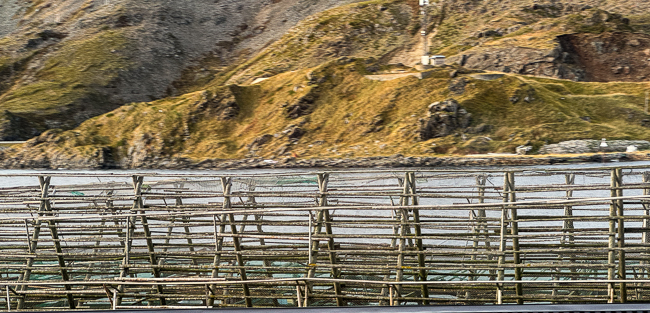
Fish Drying Racks espied from the road.